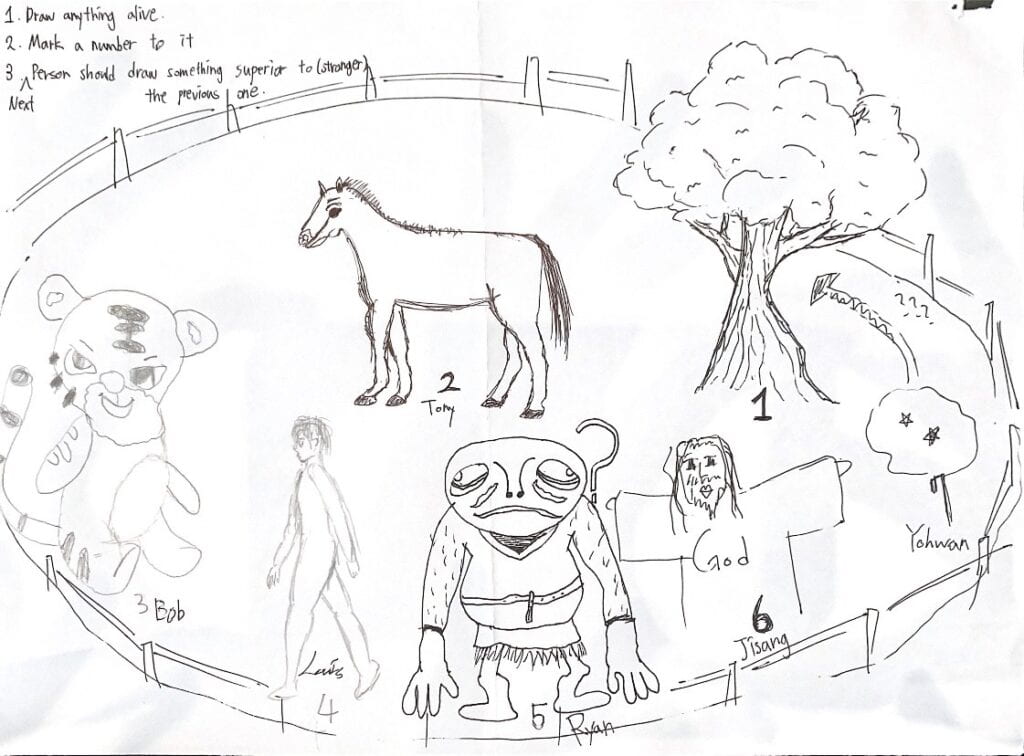Reading Response
A machine creates art. A small piece of statistical data draws a picture. Even a tiny bacterium in nature designs its fine art. It seems nonsense, but it is still a part of Generative Art. With simple rules and instructions, every object and situation around us can create unexpected results, and those results become a masterpiece: Generative Art.
One of the most simple examples of Generative Art is a random() function in p5.js. This function generates as many random numbers as we want, and with these numbers, we apply them to randomly create colors, shapes, and motions on a canvas.
Even if we do not directly use functions producing randomness in the code, some situations while writing code can also produce unexpected results. For instance, as a beginner of p5.js, I did not know what results would come out if I wrote down my code, and actually, some weird shapes popped out while copying my room sketch to the canvas of p5; still, they looked artistic. Though I did not use random functions or give instructions to cause randomness, my mini project #1 is still a product created with an unanticipated situation, which can be a part of Generative Art.
Complementing the previous project, I added some conditionals and random functions to get my second mini-project to encompass the characteristics of Generative Art. First of all, I defined a few variables with a “random( )” to create shapes with various colors. Then, I used “If” and “Mouse” statements to generate polygons where I intended to put them by pressing a touchpad. After the process, just by pressing the touchpad once, it was possible to make different shapes with vibrant colors under the autonomous process.
Not only does the computer produce randomness, but humans having their own different thoughts can create art. On a piece of paper, I drew a tree and fence around it. Then, I asked six people to draw anything alive on the paper. These are the instructions and results of the drawing.
- Draw anything alive.
- Number what you drew.
- The next person should draw something superior to (stronger than) the previous one.

This process encompasses randomness because I asked six different people to follow the instructions and draw something. As you can see, there are six drawings with various styles. One remarkable point in this painting is that the third rule completely changed the result from what I had imagined: the next person should draw something superior to the creature drawn by the previous one. What I expected in this picture was a scene of an ecosystem or zoo with a bunch of animals like this:

However, as the fourth person drew a human, the painting began to have surrealistic presences such as an alien and god(definitely superior to humans), and finally concluded with stars. I drew the tree and fence to encourage people to draw some plants and animals, but they showed unpredicted creatures and made the range of creatures from animals to surrealistic lives. In terms of this experiment, I realized that rules applied to an individual can affect him to create unpredicted consequences, and we clearly require them to do so.
References
a free image from: https://www.freepik.com/free-vector/biological-hierarchy-cartoon-colorful-demonstrated-ecosystem-with-plants-animals-fishes-illustration_16396079.htm#query=ecosystem&position=0&from_view=keyword&track=sph Image by macrovector on Freepik
